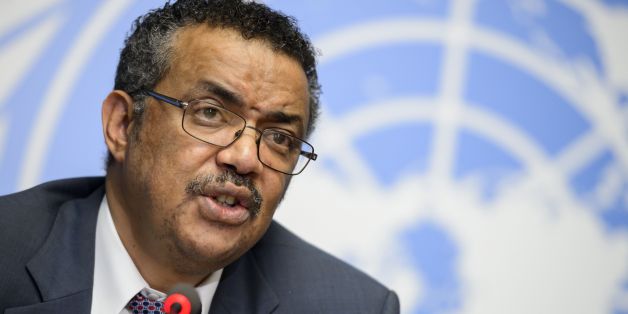The World Health Organisation (WHO) has said that more than 30-year difference in life expectancy between the richest and the poorest countries highlights global health inequities.

The global health body stated this in its “World Report on Social Determinants of Health Equity” launched on Tuesday, May 6, 2025, by its Director-General, Dr Tedros Ghebreyesus.
The report revealed that where one was born could be the difference between living over three decades longer than someone else from a poorer country lacking safe housing, good educational opportunities and access to decent jobs.
According to the report, people in the country with the highest life expectancy will, on average, live for 33 years more than those born in the country with the lowest life expectancy.
It further revealed that lack of safe housing, good educational opportunities and access to decent jobs could be responsible for a reduction in life expectancy in both rich and poor countries alike.
“Our world is an unequal one. Where we are born, grow, live, work and age significantly influences our health and well-being,” said Ghebreyesus.
The report found that inequities in health were closely linked to degrees of social disadvantage and levels of discrimination.
“Health follows a social gradient whereby the more deprived the area in which people live, the lower their incomes are,” the UN global health agency said.
It stated that inequities’ were exacerbated in populations that face discrimination and marginalisation, such as Indigenous Peoples, who had lower life expectancies than their non-Indigenous counterparts.
According to the report, this is the case in both high- and low-income countries.
The study was the first to be published since 2008 when the WHO Commission on Social Determinants of Health released its final report.
The report laid out targets for 2040 for reducing gaps between and within countries in life expectancy, childhood and maternal mortality.
It showed that these targets were likely to be missed and in spite of a scarcity of data, there was sufficient evidence to show that health inequities were often widening.
“For example, children born in poorer countries are 13 times more likely to die before their fifth birthday than in wealthier countries.
“Moreover, modelling shows that the lives of nearly two million children annually could be saved by closing the gap and enhancing equity between the poorest and wealthiest sectors of the population within low- and-middle-income countries.”
Additionally, while maternal mortality declined by 40 per cent between the years 2000 and 2023, the majority of deaths, 94 per cent, still occurred in low and lower-middle-income countries.
WHO called for collective action to address economic inequality and invest in social infrastructure and universal public services.
The agency also recommended other steps, including overcoming structural discrimination and the determinants and impacts of conflicts, emergencies and forced migration.
By Tiamiyu Arobani
